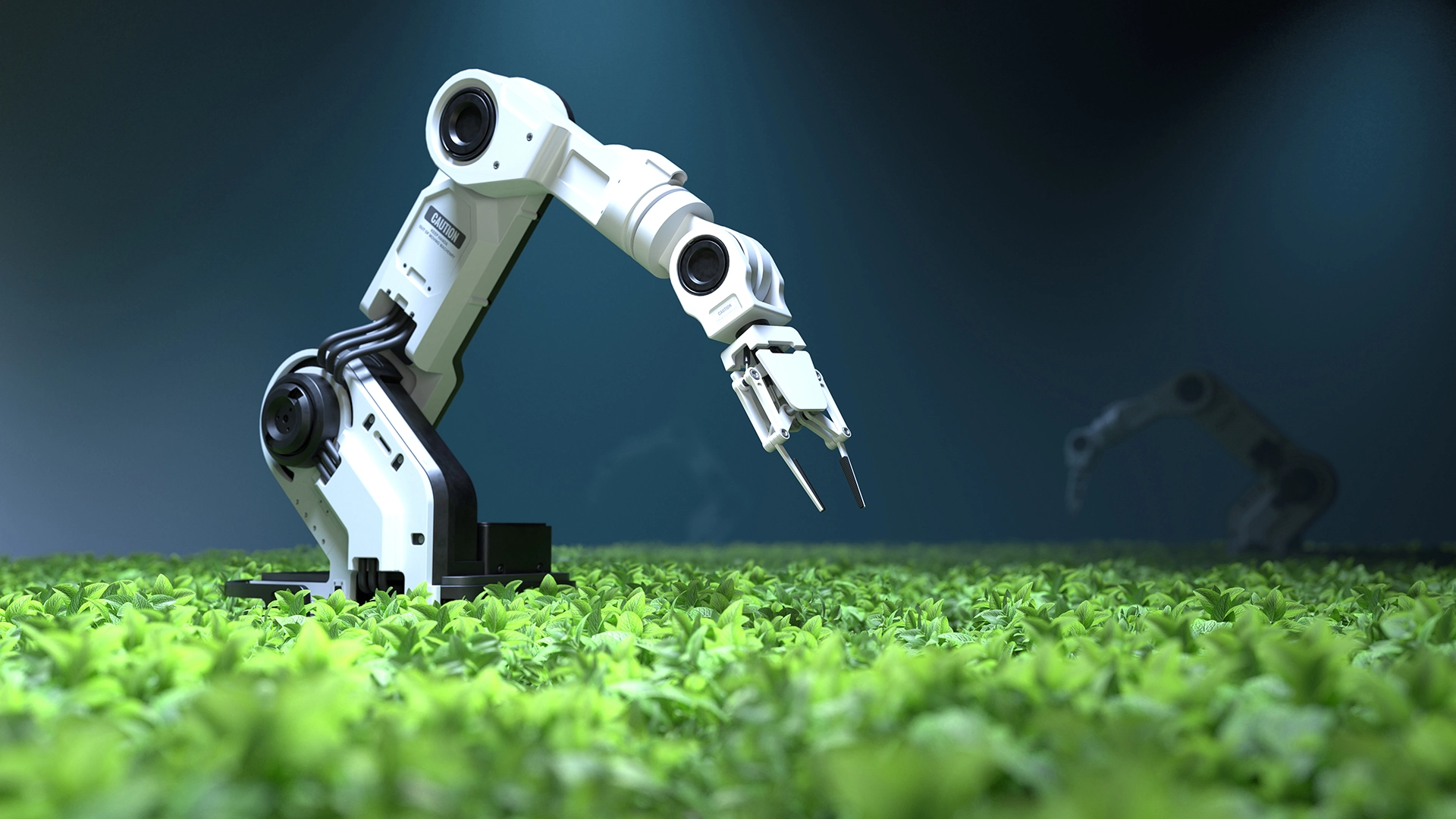
Image by user6702303, from Freepik
Robots That “Feel” With Sound Could Aid Farm Work
Scientists have created a robotic sensing system which enables machines to detect touch through sound waves instead of sight or pressure.
In a rush? Here are the quick facts:
- It works even in visually blocked or rough environments like dense farms.
- The system localizes touch with less than 0.5 cm error.
- It’s more durable and cheaper than camera or pressure-based sensors.
The system, called SonicBoom, uses sound to detect where and what a robot arm is touching, as first reported by Spectrum. The researchers note that this technology shows particular promise for agricultural applications, where robots typically struggle navigating through vines and bushes.
Many robots today depend on tiny camera-based tactile sensors, explains Moonyoung (Mark) Lee, a Ph.D. student at Carnegie Mellon University and co-developer of the system.
These sensors detect touch by looking at how a gel pad deforms, but they can be easily blocked by leaves or damaged in rugged farm environments, as reported by Spectrum. Pressure sensors are another option, but they would have to cover the entire robot to be useful, making them costly and fragile.
SonicBoom works differently. The system contains several tiny microphones embedded in the robot arm which detect the vibrations that occur when the robot makes contact with objects. By analyzing tiny differences in the signals, the system pinpoints where contact occurred—with remarkable precision.
In lab tests, SonicBoom achieved touch detection with an error of less than half a centimeter. The system maintained its performance when detecting new materials, such as plastic and aluminum, even though it had no prior training on these materials.
The researchers trained the system by tapping the robot over 18,000 times with a wooden stick. They’re now working on teaching SonicBoom to recognize what kind of object it touches, a leaf, a branch, or a tree trunk.
Lee noted that, “With SonicBoom, you can blindly tap around and know where the [contact happens], but at the end of the day, for the robot, the really important information is: Can I keep pushing, or am I hitting a strong trunk and should rethink how to move my arm?”
Lee added, that although promising, real-world farm tests are still to come


 Previous Story
Previous Story

 Latest articles
Latest articles 